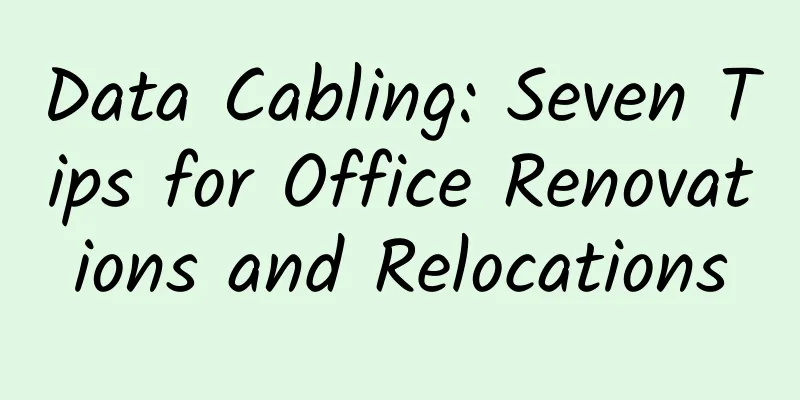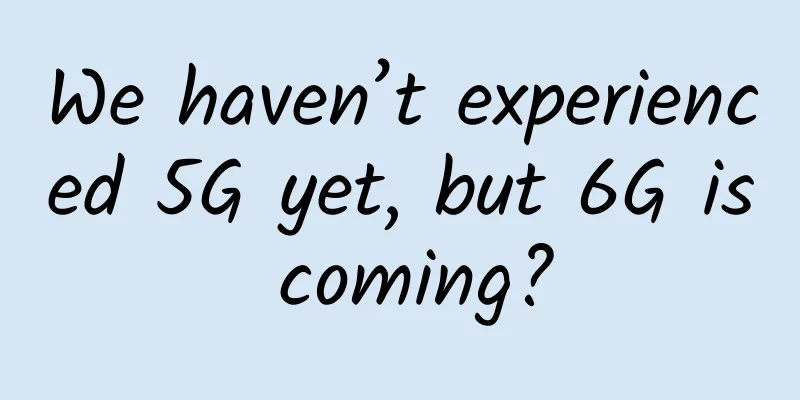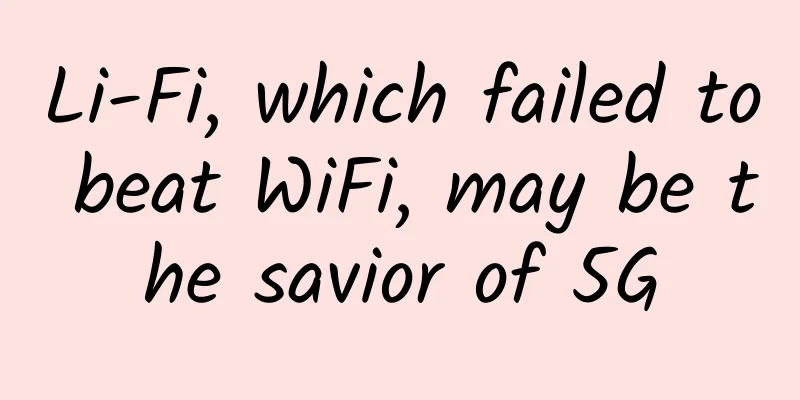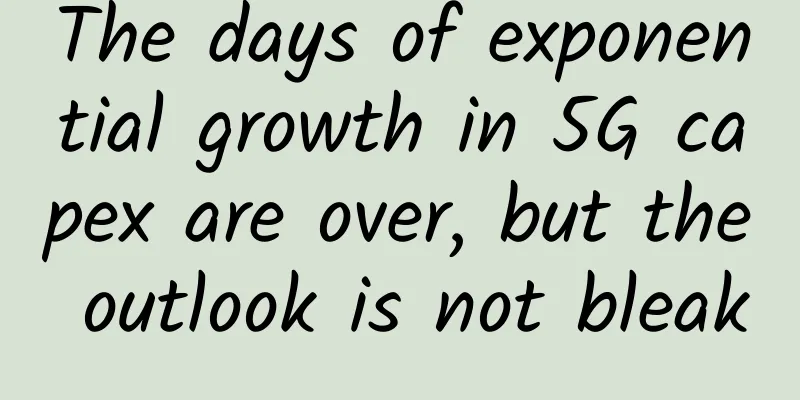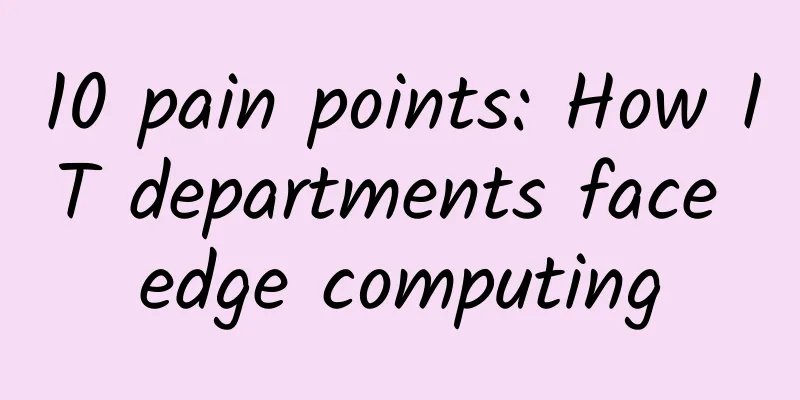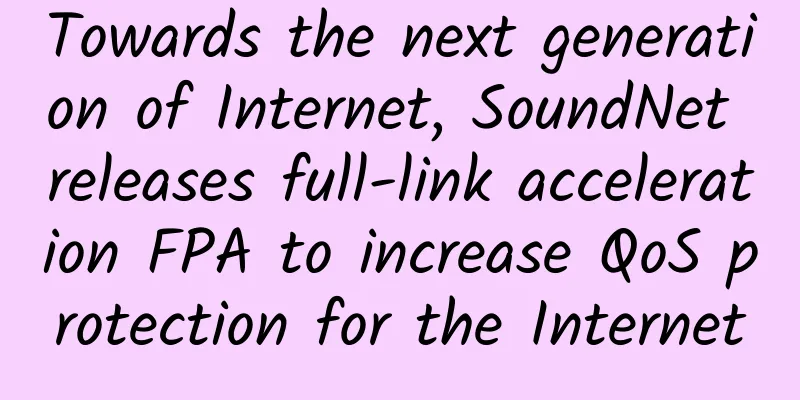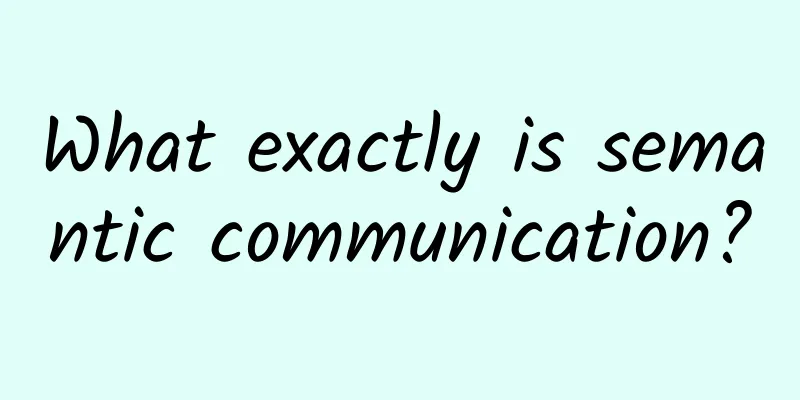Say hello politely - TCP protocol three-way handshake

The Art of CommunicationWhat is the most basic and important thing when we communicate with others? Is it good communication? Is it the right timing? Is it the ability to put yourself in someone else's shoes? Yes, but not entirely. The first step in communication is of course to say hello politely. Wait a minute, what are we doing now, popularizing psychology knowledge? This is not our purpose, nor is it our strong point. We just want to introduce how computers on the network greet each other politely and how the TCP protocol establishes connections. TCP protocol three-way handshakeIn the article "Detailed Explanation of TCP Protocol Messages", the contents of TCP messages have been introduced in detail. So how do hosts establish connections in the TCP protocol? First, the host that requests to establish a connection is called the client, and the host that is connected is called the server. First HandshakeWhen the client requests to establish a connection with the server, it sends a data packet with sequence number j (seq=j) and control bit SYN=1 to the server. At this time, the client status is SYN_SENT. Second handshakeAfter receiving the data packet, the server will add an entry for the client's SYN packet (seq=j) in the unconnected queue, indicating that the client's data packet has been received. The server will also send a data packet with sequence number k (seq=k), confirmation number j+1 (ack=j+1), and control bits SYN=1 and ACK=1 to the client, waiting for the client to confirm. At this time, the server status is SYN_RECV. The third handshakeAfter the client receives the SYN=1, ACK=1, ack=j+1, seq=k packet from the server, it will respond with an ACK=1, seq=j+1, ack=k+1 packet to the server, indicating that the client has received the server's packet and enters the ESTABLISHED state, indicating that the connection has been established. After the server receives the ACK packet, it deletes the corresponding entry in the unconnected queue and enters the ESTABLISHED state, indicating that the connection has been established. Retry and Fault ToleranceWhy does the TCP protocol require three handshakes? Is two not enough? First, assume that only two handshakes are performed, that is, the server establishes a connection immediately after receiving the SYN packet and starts transmitting data. What problems will arise? If the server receives the SYN data, it will immediately establish a connection for the corresponding client. However, if the client does not receive the ACK packet from the client due to some reasons (such as network interruption, etc.), it will request to re-establish the connection and resend the SYN packet to the server. At this time, the server needs to re-create the connection resources, but the old connection is actually an invalid connection, which wastes system resources. If a large number of clients retry after a long time, it will lead to a serious waste of server resources. SummarizeIn the TCP protocol, a three-way handshake mechanism is used to ensure the reliability of the connection in the Internet. In order to prevent frequent invalid connections and waste of server resources due to connection interruptions, the server maintains an unconnected record table during the first handshake, and deletes the data in the unconnected record table when the connection is successfully established. |
<<: The network protocols behind server push, online gaming, and email
>>: Say goodbye gracefully - TCP protocol waves four times
Recommend
China Broadcasting Corporation's 700MHz frequency migration bidding failed, and the road to 5G encountered another setback
The much anticipated China Radio and Television 7...
How will 5G technology change application development?
Technology is constantly evolving, and it's e...
What are some tips for installing home broadband that most people don't know? You need to know these things in advance
Broadband includes those from China Telecom, Chin...
Kvmla: Japan/Singapore dedicated servers as low as 280 yuan/month, Japan/Hong Kong CN2 VPS 20% off, top up 500 yuan and get 100 yuan
The old host Kvmla has sent a new promotion, with...
Five network management trends for 2022
With the advent of the Internet era, people need ...
Comment: Why is the price war in the CDN industry slowing down at this stage?
In the past two years, cloud computing companies ...
Black technology! Disruptor! Blockchain, it’s too late if you don’t pay attention to it
In 2008, the concept of blockchain emerged. This ...
Why can't I access my home computer from work?
The previous article "Why do all our home IP...
RAKsmart: Hot-selling servers start at $46/month, bare metal cloud starts at $69/month, cluster servers start at $160/month
RAKsmart has launched a new month of promotions, ...
[Closed] NextArray: $1.09/month KVM-1GB/10GB/1TB/Dallas Data Center
[Closed] NextArray is a foreign hosting company fo...
Can the interviewer ping 127.0.0.1 after being disconnected from the Internet?
When interviewing for network-related positions, ...
6G, how should the communications industry tell an attractive story?
6G has come suddenly like a spring breeze. Recent...
Number One "Thousand Faces" - What you see may not be me
[[423706]] Do you have such troubles? It's in...
The difference between SDN and traditional network operation and maintenance
1. Pain points of traditional network operation a...
